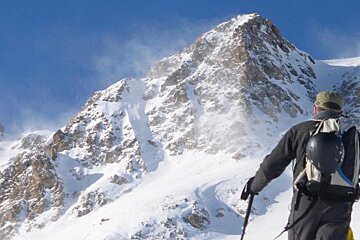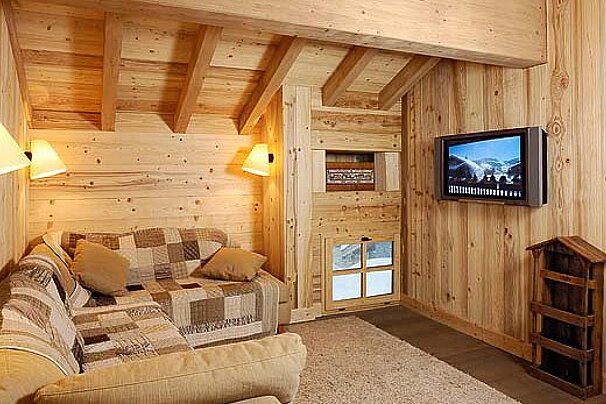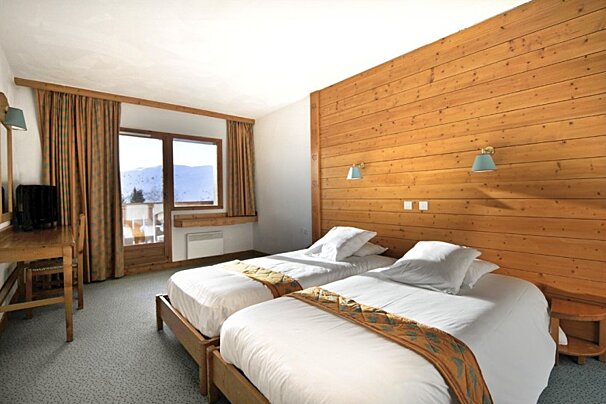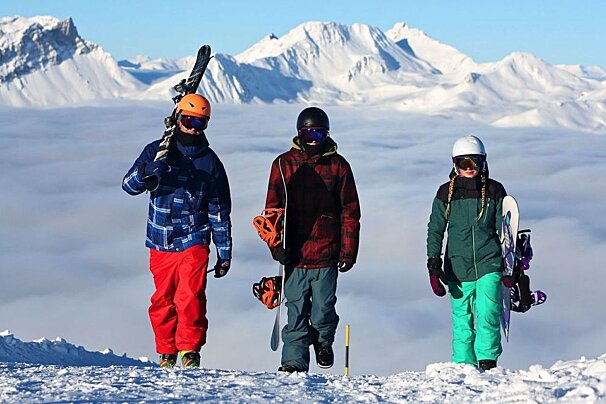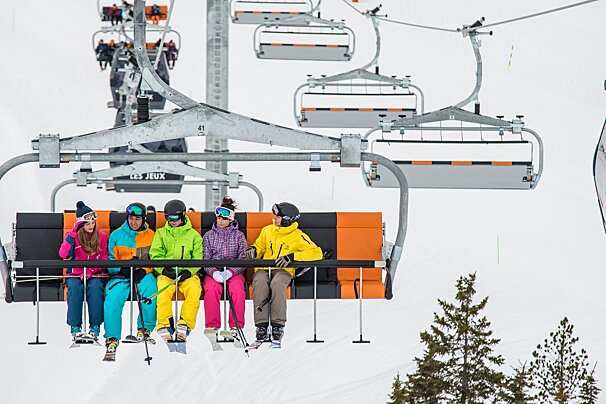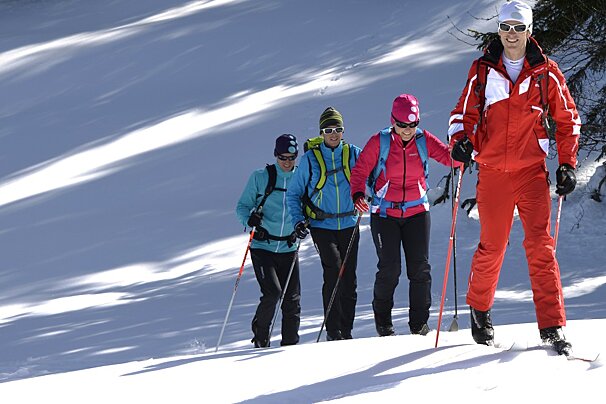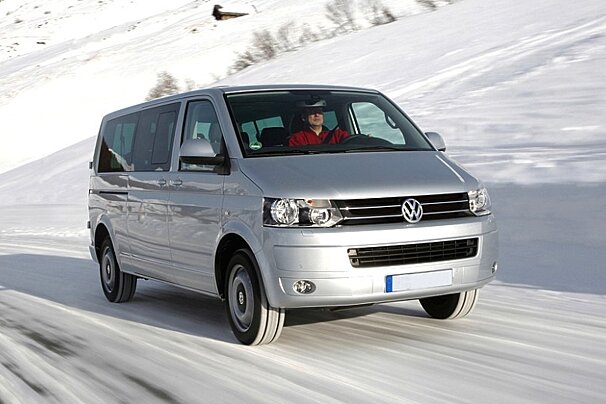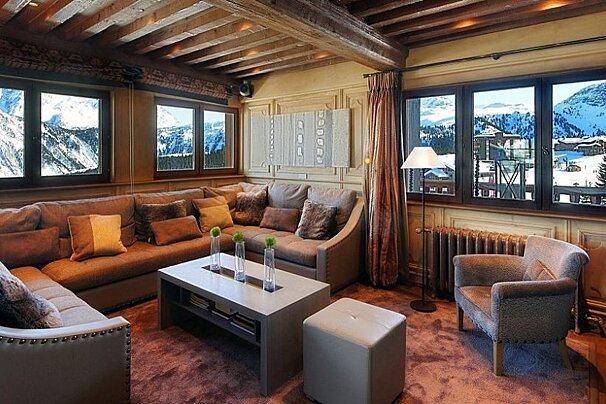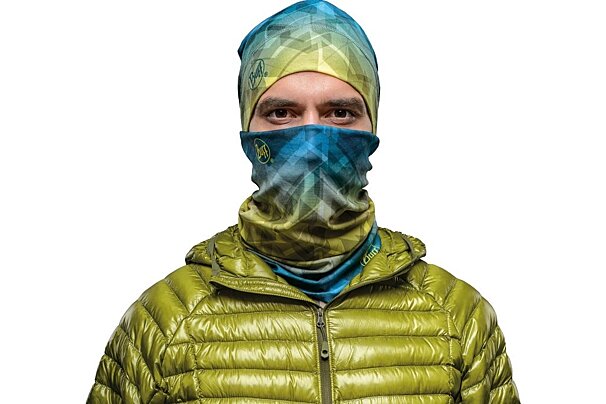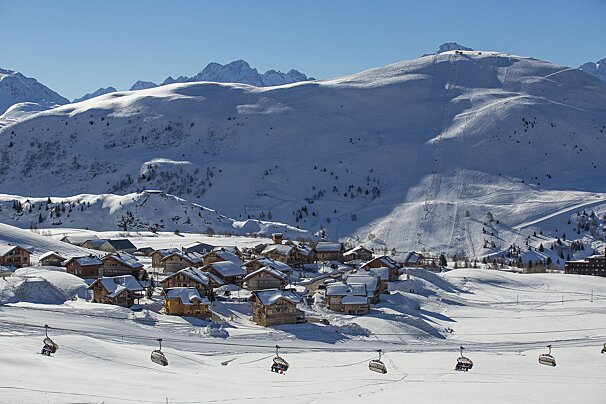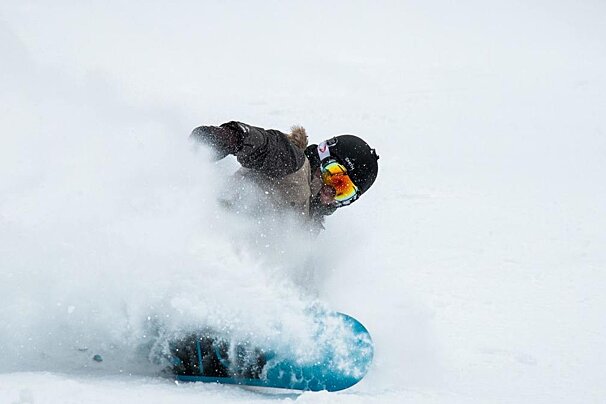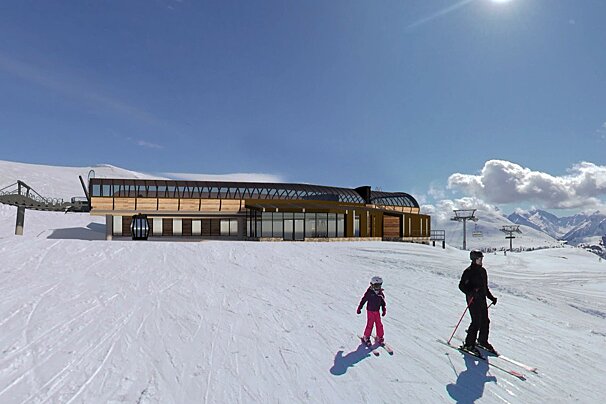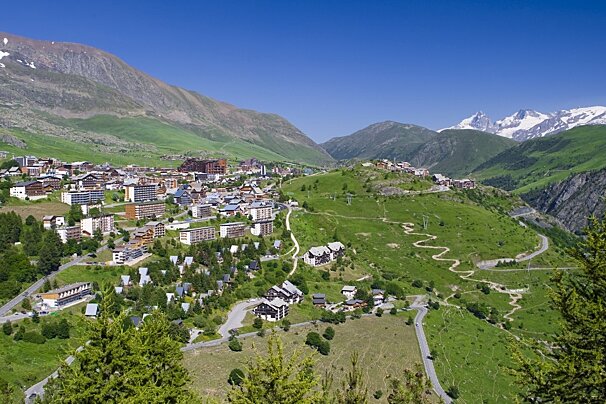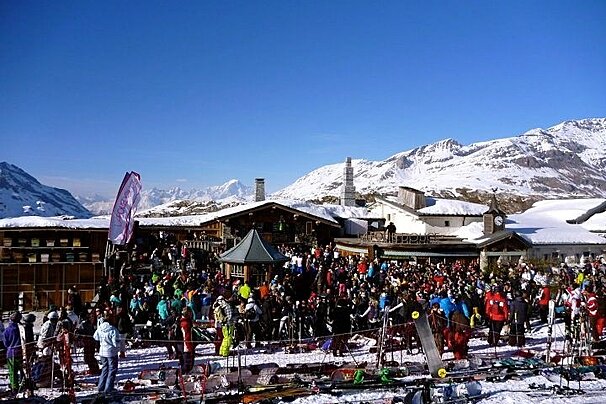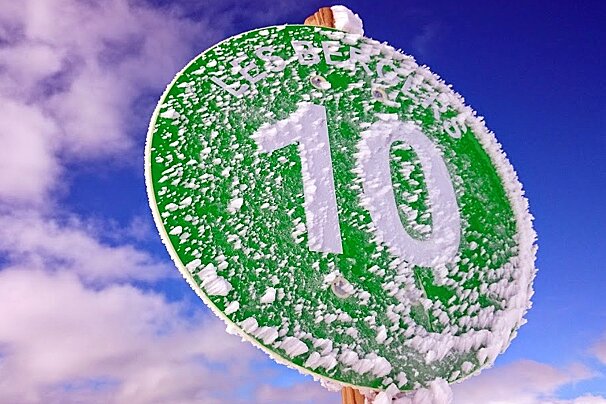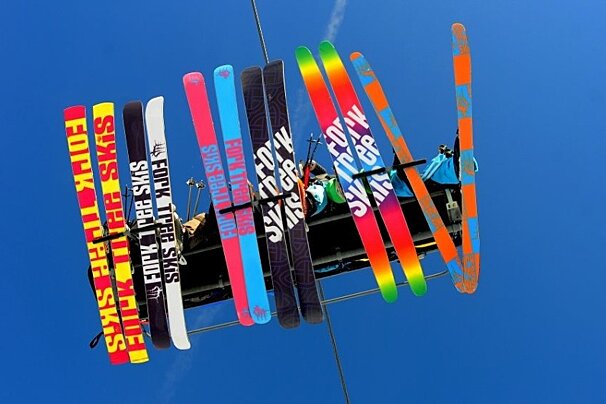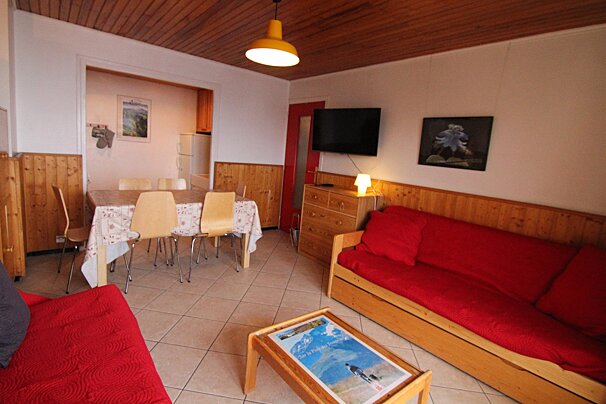
Ski Insurance for Alpe d'Huez
Discover the top Alpe d'Huez ski insurance options
Statistics show that approximately one in ten skiers is likely to suffer an injury that will require some form of medical treatment or hospitalisation whilst abroad on their skiing holiday.
Bills for mountain rescue, medical treatment, repatriation by air ambulance and potential third party liabilities can run into thousands - so it's important to ‘play it safe’ on the slopes at all times. Despite the fact that winter insurance is relatively inexpensive there are still those who are willing to take the gamble to save themselves about £40 on a week's skiing holiday by travelling without insurance.
Jump to
EHIC and GHIC
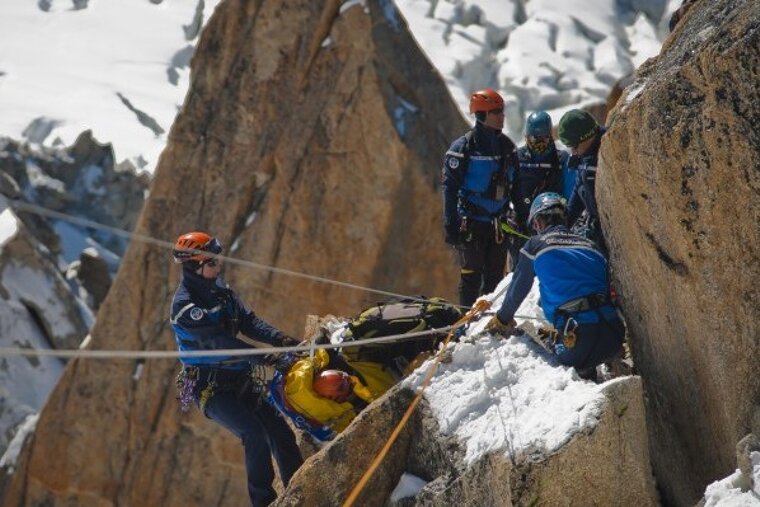
EHIC stands for European Health Insurance Card and GHIC stands for Global Health Insurance Card. Following Brexit it was agreed between the UK and EU that the EHIC could be used up until they expired and then British citizens would need to apply for the GHIC.
Both refer to the insurance that covers any treatment needed during the course of your visit to any country in the European Union, including any maternity care, renal dialysis and oxygen therapy. Treatment of chronic diseases and pre-existing illnesses that require ongoing medical care are also included, but not if the purpose of the visit to France is to obtain medical care.
The EHIC/GHIC card is also only valid if you are holidaying in Europe or on a temporary visit. It is important to note that the EHIC is valid in Switzerland, Norway, Iceland and Liechtenstein, however the GHIC is not.
Anybody travelling abroad is required to carry an EHIC/GHIC card in case of medical emergency. However, neither card covers private medical care such as mountain rescue in ski resorts or repatriation.
In France you have to pay for treatment up front and then apply to have it refunded at a later date. A normal GP consultation normally costs around €25, which you pay to either the receptionist or the doctor. Around 70% of standard doctors' fees and dentists' fees are refunded at a rate of between 35% of 65% of the cost of most prescribed medicines.
For an emergency stay in the hospital you have to pay for roughly 25% of your treatment as well as a daily charge on discharge from hospital. For British visitors, consult the department of health's website for full details about the health care facilities in France. Additionally, in France you are required to pay for outpatient treatment and then claim a refund from the local sickness insurance office before you go home.
For in-patient treatment, the doctor you have consulted or the hospital doctor will issue you with a certificate (attestation). The hospital should then send a notice of admission/acceptance of responsibility form (avis d'admission / prise en charge) to the local sickness insurance office along with your EHIC/GHIC. If they do not, you should send it yourself. If you are treated in an approved hospital, the local sickness office will pay 75% or more of the cost direct to the hospital and you must pay the balance. You must also pay a fixed daily hospital charge (forfait journalier). The 25% balance and the forfait journalier are non-refundable. To read more please visit the NHS EHIC website.
IMPORTANT PLEASE NOTE: The EHIC/GHIC is not a suitable replacement for travel insurance. It does not cover cancellation insurance or repatriation. We suggest that you have both, particularly if spending significant amount of time in the Alps.
EHIC/GHIC cards are free to all UK residents.
Off-Piste ski insurance

Do you think that specialist insurance is only for back country enthusiasts? Well you don’t need to stray far from a marked run to be considered 'off-piste'. With better lifts and improved access to the off-piste most skiers will tend to venture off-piste nowadays, some without even realising it.
During the season, ski resorts make significant efforts to ensure the ski area is as safe and enjoyable as possible. Insurance companies will put specific clauses in their winter insurance policies with regards to off-piste coverage, so ensure you read your policy clearly and take note of all conditions.
Before venturing off-piste make sure you understand what your insurance company classifies as being ‘off-piste’. Whilst there are policies that will provide off-piste cover you may find that they will specify off-piste as being ‘X’ metres from the side of the piste, or they may stipulate that you must be accompanied by a guide. However, some policies will simply exclude off-piste skiing altogether, so it is important to read your policy document and make clear you understand the policy limitations.
The Telegraph spoke with Betony Garner, spokesperson for the Ski Club of Great Britain, to identify the grey areas of off-piste insurance :
Many resorts have ski routes or itineraries, which are off-piste runs marked by the occasional pole. These are not groomed and so, in a literal sense, are off-piste. Whether a skier with a basic policy would be covered on such descents was questionable, "often itineraries are marked on the piste map so it could be a grey area", says Miss Garner'.
If skiing off-piste make sure you have the appropriate avalanche equipment, you know how to use it and you understand your limits! Better still, always take a local mountain guide with you and check those policy coverage details too.
Carre Neige / Carte Neige insurance
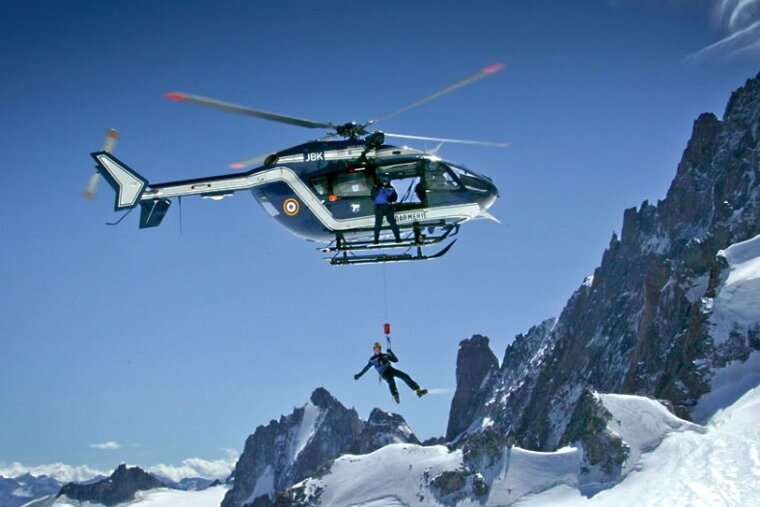
Ski insurance to help get you safely off the hill, Carré Neige and Carte Neige insurances are both types of French winter insurance cover that can be purchased by anyone living in the EU.
The Carré Neige insurance or similarly named ‘Carte Neige’ insurance are highly effective methods of insuring for accidents in winter sporting activities. Both types of cover differ from your average ‘winter policy’, since a host of sporting activities, including skiing both on and off-piste skiing are covered at no additional premium.
A Carte Neige and a Carré Neige policy will avoid the need to pay for piste rescue, however medical and pharmacy bills will need to be settled direct with the provider and claimed back later, which can involve hefty form filling and many phone calls. If you are a European citizen you may be asked to claim some reimbursement first on your EHIC card.
A Carré Neige is bought in conjunction with your lift pass and is available at rate of around €3 per day. However, if you are staying for longer than a couple of weeks then it is possible to purchase the card on an annual basis, which is then called a Carte Neige.
Costs for the annual Carte Neige vary from resort to resort but it is generally in the region of €40–60 per year and is valid from October to October, regardless of what time in the year you buy it. On and off-piste skiing and boarding are covered as are many other sports.
In general a Carte Neige and a valid UK EHIC/GHIC should be sufficient for most on-snow accident costs, but the cover of medical costs is not extensive and it should therefore not be seen as a replacement for insurance cover. Valid travel insurance is still recommended.
So what are the advantages?
- A Carré/Carte Neige is instantly recognised by the French rescue and medical services and so any rescue costs incurred are automatically covered (i.e. you do not need to pay up front and claim back later).
- If you lose your lift pass during your stay, you can immediately take your Carré/Carte Neige to the lift pass office who will replace your pass immediately for you, no questions asked.
- Refunds for lift closures and lost lessons due to an accident are also possible.
- Carte Neige and Carré Neige may give limited cover for some of the transportation costs back home.
Essential ski insurance checklist
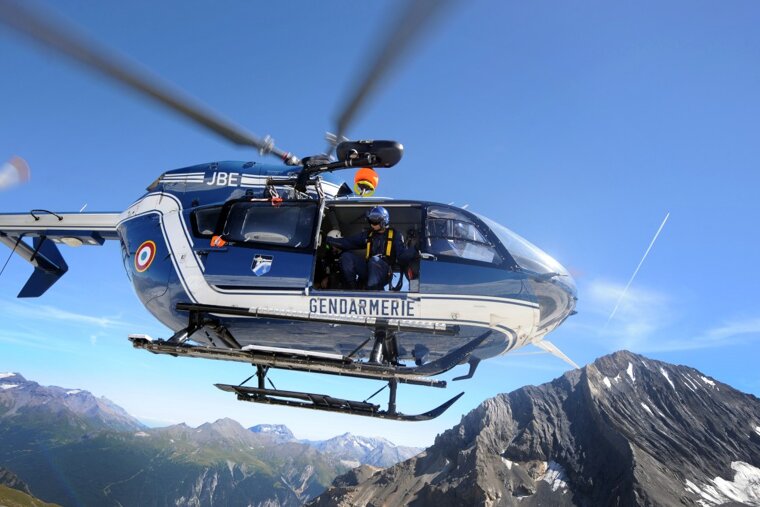
Are you covered for all eventualities?
Although most European countries have reciprocal health agreements, the state will only pay up to 75% (at most) of the cost of your medical treatment for the first 31 days.
In reviewing your winter insurance cover, you should be aware of the following:
- Does your policy cover medical and personal liabilities? Additional equipment including crutches and wheelchairs may incur further costs borne by the victim. Even the most minor of incidents such as a broken wrist can lead to a two week stay in hospital if several intricate operations are required. Victims of serious injury could be hospitalised for a period of up to six months and costs could be astronomical. It should also be noted that should you injure another person during the course of an accident it's possible that one side of the party may seek further financial compensation, or action resulting in criminal prosecution. Adequate cover for third party liability is therefore important to consider.
- Does the policy provide sufficient cover for any medical eventuality including an allowance for repatriation? The British Foreign Office currently recommends cover of £1 million for European holidays, and £2 million for all other areas of the world. Medical bills in the US are not cheap.
- Does the policy apply to lift closure? Ski areas may close due to a lack of snow, too much snow or high winds: some policies will allow compensation but it may be that 100% of the lifts have to be out of operation before insurers will pay out.
- Does the policy cover pre-paid elements such as lessons, lift passes and equipment hire? If you have to cancel due to either illness or injury you might want to claim some of these costs back.
- Does the policy apply to off-piste, glacier skiing, heli-skiing? Different policies have varying definitions of "off-piste"; most are unlikely to cover skiing beyond resort piste boundaries.
- Does the policy include compensation for a lost holiday, damage or theft of equipment and loss of lift pass? An injury early on in the holiday can result in a wasted lift-pass, ski school lessons, and other services. Theft of ski equipment can be fairly common in resorts. Additional equipment insurance sold by local hire shops usually covers theft of skis, but not damage. Note: Many insurers will not pay up for stolen equipment if it is left unattended, eg outside a restaurant or in your car. Most will not pay out without a police theft report.
- Are some of the sports you are considering doing during your holiday considered as 'extreme' by your winter insurance provider? Many ski resorts offer activities such as husky sledding, snowmobiling, ice diving and paragliding - you should check the company's exclusions and definitions.
- Does the policy cover search and rescue costs? If so, under what circumstances? Are all forms of rescue covered (including helicopter)?
These are just a few pointers which should set you on your way in selecting the best insurance cover for your needs.
